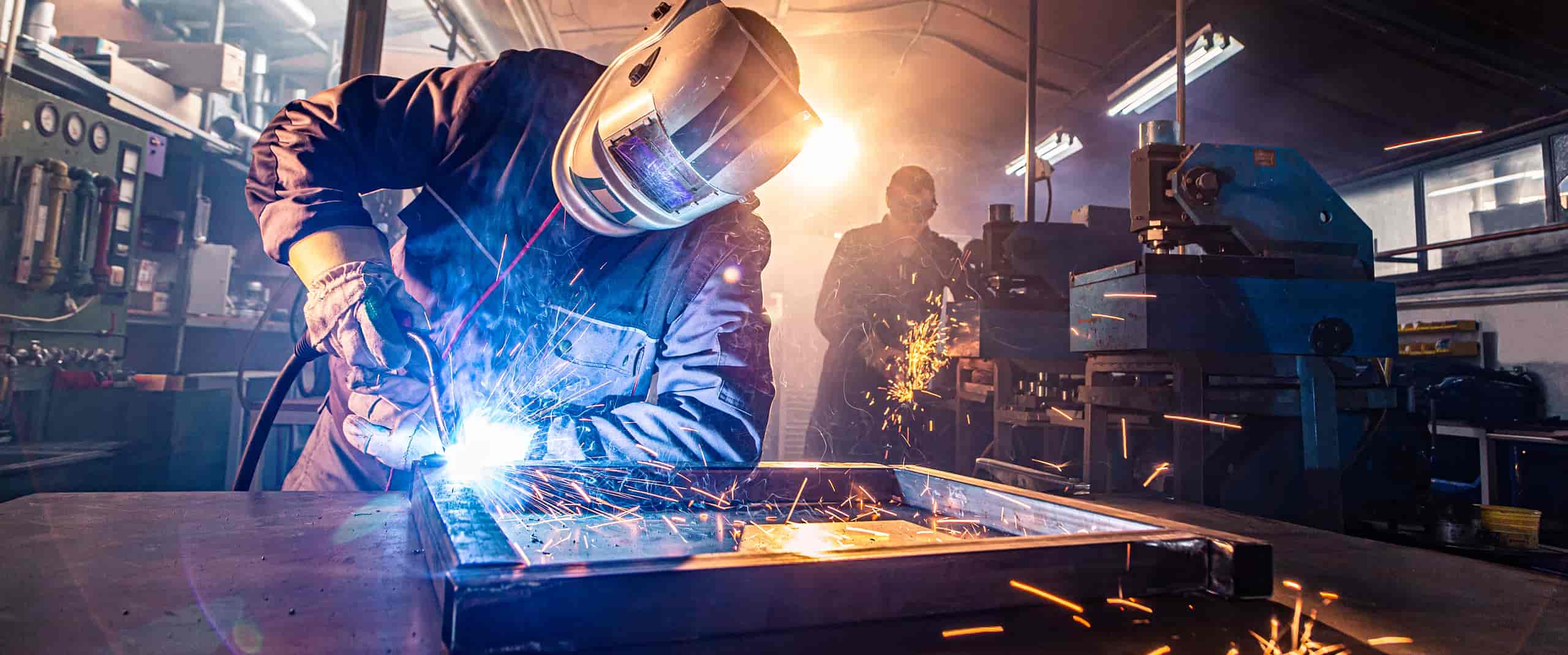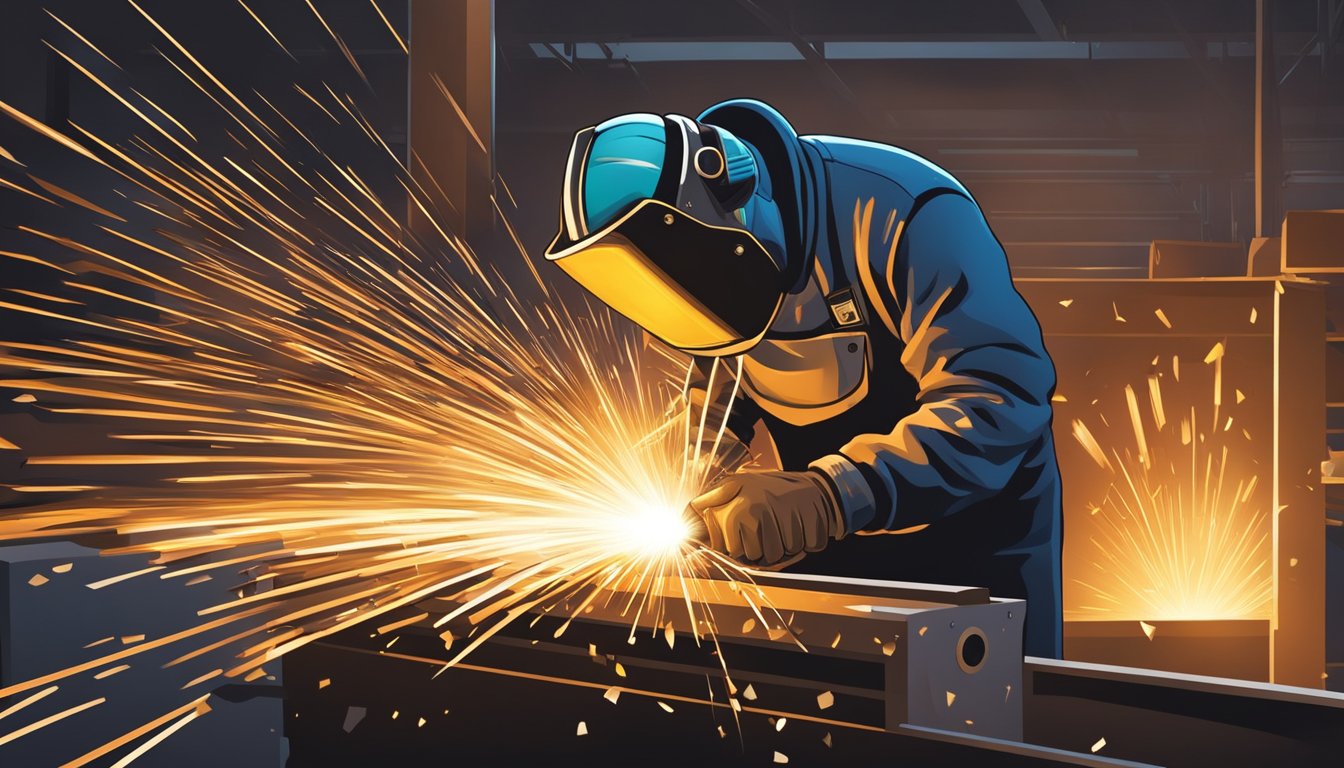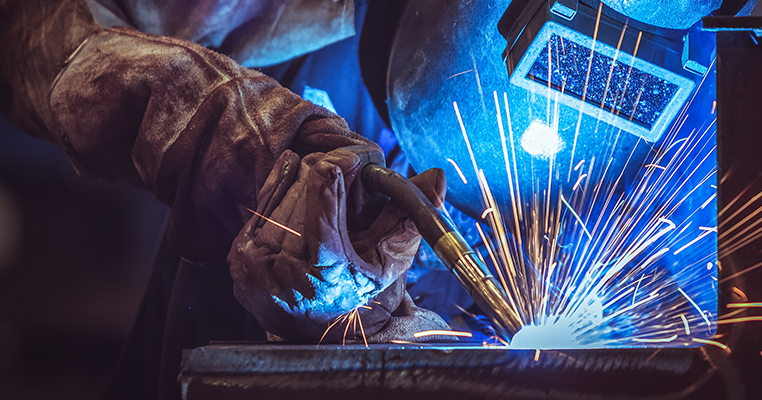Welding WPS Explained: Key Components and Perks for Your Welding Procedures
Welding WPS Explained: Key Components and Perks for Your Welding Procedures
Blog Article
The Ultimate Guide to Welding WPS Procedures: A Comprehensive Overview for Welders
In the complex world of welding, Welding Procedure Specs (WPS) work as the backbone of making certain top quality, consistency, and safety in welding operations. Understanding the subtleties of producing, executing, and checking WPS procedures is important for welders seeking to boost their craft and meet industry criteria. As we dive right into the different parts of a WPS and check out the ins and outs of qualification and qualification, we will discover the crucial duty these procedures play in the realm of welding. Allow's get started on a trip to untangle the intricacies and significance of WPS treatments in welding practices.
Importance of WPS Procedures
Understanding the relevance of Welding Treatment Requirements (WPS) procedures is essential for ensuring the top quality and honesty of welded structures. WPS treatments act as a roadmap for welders, describing the needed actions, criteria, and materials required to accomplish an audio weld. By sticking to WPS guidelines, welders can make sure consistency in their job, leading to reliable and structurally sound welds.
One of the main factors why WPS treatments are vital is their function in maintaining weld quality and stability. Complying with the defined welding parameters and strategies outlined in the WPS assists protect against problems such as porosity, breaking, or incomplete blend, which can endanger the strength and longevity of the weld.

Components of a WPS
A Welding Procedure Spec (WPS) usually makes up essential components that detail the specific needs for performing a weld, ensuring consistency and quality in the welding procedure. The crucial components of a WPS include important variables such as base steels, filler steels, preheat and interpass temperatures, welding processes, securing gases, welding settings, and post-weld warmth therapy needs.
Base metals refer to the materials being signed up with, while filler steels are made use of to fill up the gap between the base steels throughout welding. The welding procedure outlines the particular method to be made use of, whether it's gas steel arc welding (GMAW), secured steel arc welding (SMAW), or an additional method. Welding positions define the positionings in which welding can be performed.

Credentials and Certification
Having developed the vital parts of a Welding Treatment Requirements (WPS), the focus currently moves in the direction of the crucial aspects of certification and qualification in welding techniques.

Qualification, on the other hand, is the official acknowledgment of a welder's qualifications by a pertinent certification body or visit the site organization. Welding qualifications are usually based upon the particular welding procedures, products, and positions a welder is qualified to deal with. Holding a valid welding certification shows that a welder fulfills industry standards and is skilled to carry out welding tasks to the required specs.
Developing a WPS
To develop a Welding Procedure Spec (WPS) that meets industry requirements, cautious consideration of welding processes, materials, and operational parameters is vital. The very first step in producing a WPS is to recognize the welding process to be utilized, such as gas steel arc welding (GMAW) or secured metal arc welding (SMAW)

Executing and Monitoring WPS
Upon finalizing the detailed Welding Procedure Spec (WPS) that thoroughly information welding processes, products, operational parameters, and quality guarantee measures, the emphasis changes to effectively implementing and keeping track of the well established treatments. Execution involves making certain Learn More Here that all welders involved in the job are familiar with the WPS and follow it diligently during the welding procedure. Effective application and surveillance of the WPS are critical for guaranteeing the honesty, strength, and security of the bonded joints, eventually adding to the overall success of the welding job.
Verdict
Finally, understanding and complying with Welding Treatment Requirements (WPS) is essential for welders to make certain top quality, consistency, and security in their job. By understanding the components of a WPS, acquiring correct qualifications and accreditations, producing detailed treatments, and applying and checking them effectively, welders can enhance their skills and effectiveness in welding practices. Sticking to WPS procedures is important for generating top quality welds and meeting market requirements.
In the complex globe of welding, Welding Treatment Specifications (WPS) serve as the backbone of making certain top quality, uniformity, and safety and security in welding procedures. The welding procedure outlines the specific technique to be used, whether it's gas metal arc welding (GMAW), protected steel arc welding (SMAW), or an additional approach.To create a Welding Treatment Requirements (WPS) that meets industry standards, mindful factor to consider of welding procedures, products, and functional criteria is important. The very first step in developing a WPS is to recognize the welding procedure to be made use of, such as gas steel arc welding (GMAW) or secured steel arc welding (SMAW)Upon settling the detailed Welding Treatment Requirements (WPS) that diligently information welding processes, materials, functional criteria, and top quality assurance measures, the emphasis moves to properly applying and keeping an eye on the well established treatments.
Report this page